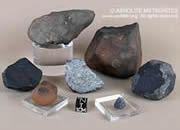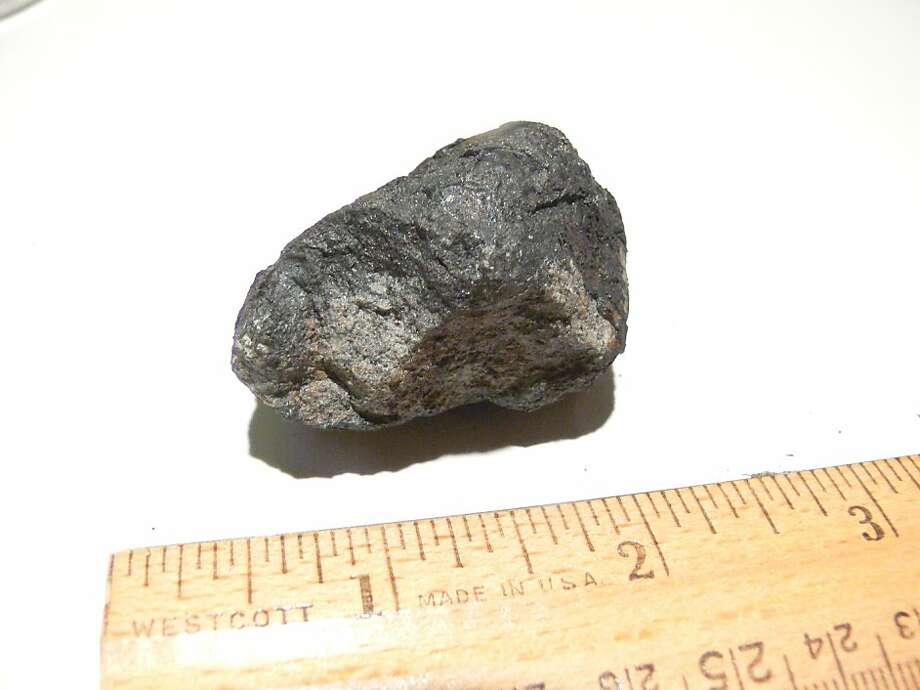

Unfortunately there are many common Earth rocks that also contain iron and are attracted to magnets. This means that most meteorites will be attracted to a strong magnet such as a rare-earth or Neodymium magnet. The vast majority of meteorites contain some iron. This meteorite is a Canyon Diablo IAB Octahedrite Photo of a Typical Iron Meteorite in "as found" condition. Note that this type of chondrite has few metal flecks.

Some non-metamorphosed Chondrites show pronounced Chondrules (the small circular objects in the above photo). Note the fresh black fusion crust and light interior. If you are ever lucky enough to find a freshly fallen chondrite this is what it might look like. Note the dark brown fusion crust and the weathered, lighter colored interior. This is a typical, weathered Ordinary Chondrite. Note the black fusion crust and light interior.Ī freshly fallen Oum Dreyga (Amgala) H3-5 Chondrite showing a light colored matrix filled with iron-nickel flecks. Photo of a freshly fallen Oum Dreyga Chondrite. These flecks attract magnets, and are characteristic of most Chondrite meteorites. When cut, the interior of the Weathered Franconia Chondrite shown above shows numerous iron-nickel metal flecks. This specimen looks very similar to an ordinary rock, but. Here is a highly weathered Franconia H5 Ordinary Chondrite with a rare-earth magnet stuck on to it. Chondrites, by definition, also contain a few to many Chondrules (see examples below). Chondrites typically have some sort of fusion crust on their exterior and often contain tiny metal flecks made of an iron-nickel alloy which will cause magnets to be attracted to them. Some are so weathered that they look like an ordinary terrestrial rock while others are so fresh that they look like a charcoal briquette. Ordinary chondrites come in all shapes and sizes. If you have found a real meteorite, it is most likely an ordinary chondrite. The vast majority of all meteorites are stony meteorites known as ordinary chondrites. There are iron meteorites, stony meteorites (chondrites and achondrites) and meteorites that are a mixture of the two, stony-iron meteorites (pallasites and mesosiderites). Meteorites come in several distinct types. After you have done that, a little background information will be helpful. This will help you get a feel for what real meteorites look like. We recommend looking at a lot of photos of the real meteorites on our website.

How can one identify a suspected meteorite? We have developed this webpage as an introduction to meteorite identification. Unfortunately, out of all these suspected meteorites only few were actually real meteorites. Over the years we have received literally hundreds, maybe even thousands of emails from people that were sure that they had found a meteorite. Welcome to Arizona Skies Meteorites ® Meteorite Identification page.


 0 kommentar(er)
0 kommentar(er)
